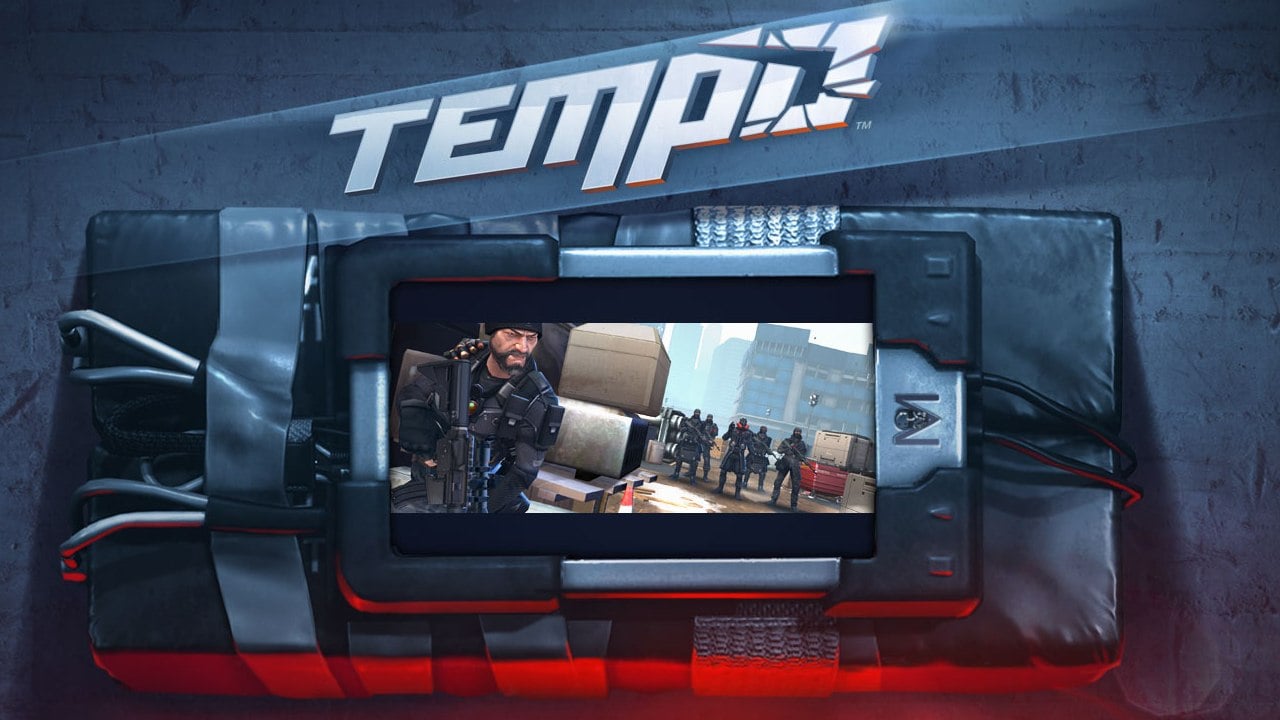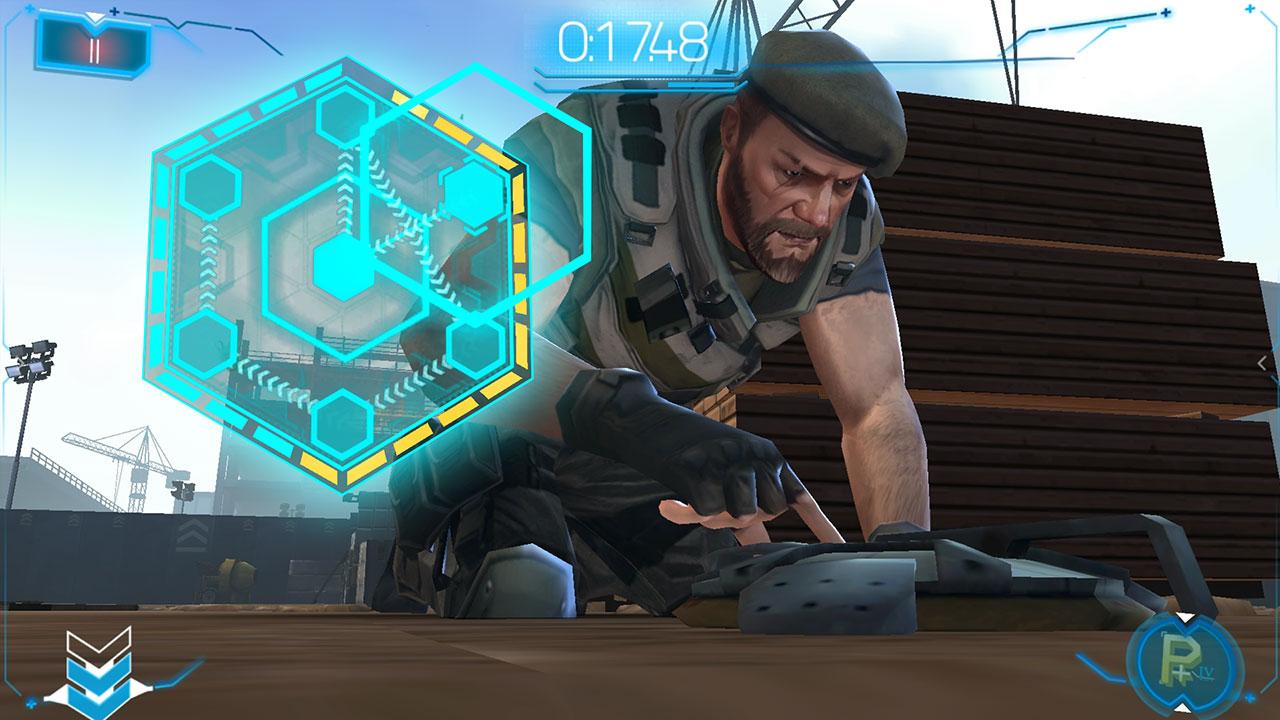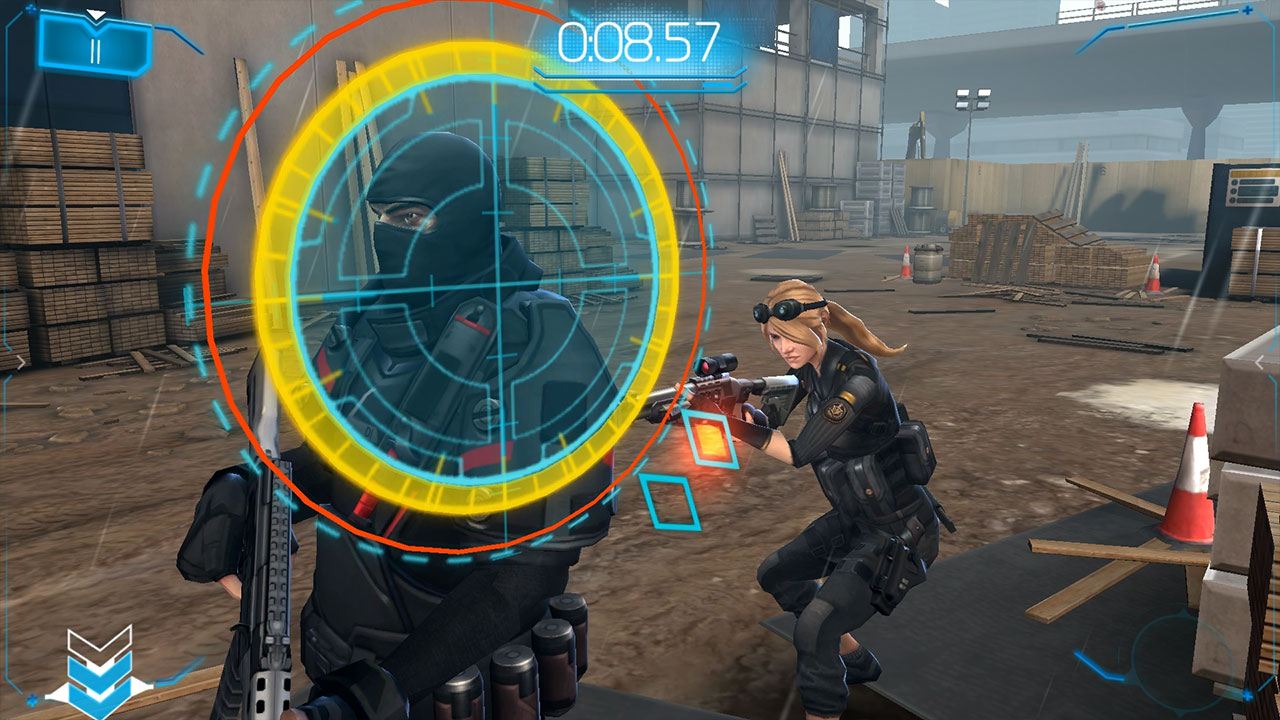- Wondering how to get Monopoly GO! free rolls? Well, you’ve come to the right place. In this guide, we provide you with a bunch of tips and tricks to get some free rolls for the hit new mobile game. We’ll …
Best Roblox Horror Games to Play Right Now – Updated Weekly
By Adele Wilson
Our Best Roblox Horror Games guide features the scariest and most creative experiences to play right now on the platform!The BEST Roblox Games of The Week – Games You Need To Play!
By Sho Roberts
Our feature shares our pick for the Best Roblox Games of the week! With our feature, we guarantee you'll find something new to play!All Grades in Type Soul – Each Race Explained
By Adele Wilson
Our All Grades in Type Soul guide lists every grade in the game for all races, including how to increase your grade quickly!
Tempo Review: Not A Second To Spare
In nearly every action movie there is a scene where the protagonist must complete a task within a certain time frame. Whether that task is defusing a bomb, stopping bad guys from getting away, or blowing up the Death Star …

In nearly every action movie there is a scene where the protagonist must complete a task within a certain time frame. Whether that task is defusing a bomb, stopping bad guys from getting away, or blowing up the Death Star before it destroys your friends’ planet, the tension is always the driving force within those scenes.
In Tempo, every level is one such scene.
Players have just a small window of time to complete each level, and must accomplish each of the level’s quick-time events without failing. From throwing punches, to kicking down obstacles, to deactivating automated turrets, players need to be as efficient as possible with every fraction of a second if they wish to be successful.

Tempo’s plot is pretty standard action movie fare, revolving around a madman who has largely taken over London with an army of mercenaries and some nifty technology. With a team of heroes (think, The Expendables, but infused with some women) at their disposal, players have a handful of playable options to choose from to fight back against the madman. Each hero has their own special ability that can be activated during the level for various bonuses. (Getting extra time for perfectly completing tasks was my favorite.)
The characters themselves have very little effect on the game beyond their minor statistical differences (I failed to note any difference between a character with an E strength rating one one with a D rating) and each ability only affects gameplay mildly, so don’t expect one character to really play any different from another. With that said, it is nice to visually change things up from level to level by switching to a different hero, as the gameplay itself is rather repetitive.
Gameplay in Tempo revolves around three types of quick-time events: tap the screen when the indicator closes in on a target, tap the screen rapidly to fill up a meter, and swipe your finger across the screen in a connect-the-dots-like sequence. These events became harder as the game went on by requiring faster reflexes, but at their core they largely remained the same.
A side-effect of the gameplay was that the game mentally exhausted me. Because the quick-time events require precise tapping and swiping, I was always super focused and ready to leap into completing them the moment they came up. Staying super concentrated for very long is taxing and after about ten minutes of the game, I was ready for a break.
Tempo isn’t the sort of game you’ll want to play if you’re looking to unwind, as its gameplay demands focus and left me feeling tense and tired.

Visually, Tempo looked great and ran very smoothly. The action sequences were pretty well choreographed too, with my character accomplishing feats like flipping through the air to cover as the game slows down to make room for the quick-time event. It’s pretty neat, but it does lose its appeal rather quickly when you begin noticing recycled elements.
When I see some enemies setting up a defensive wall I know that the guy on the left ends up surrendering. When I see an enemy throws a grenade over at me, I know I’m going to be watching my character pull out their medical device to heal their leg. That combined with the fact that you have to redo levels for being even a fraction of a second off in timing, dulls the excitement considerably.
Altogether, Tempo is a well-designed game that presents players with an experience that demands precision. Because of its demands, Tempo isn’t a game that I can recommend to everyone, but if you enjoy quick-time events and action games that involve more watching than playing, then Tempo is the game for you.

The good
- Looks great, plays smoothly.
- Levels are filled with action scenes.

The bad
- Action dulled by reused animations.
- Gameplay gets repetitive.
- Little variation between characters.
More articles...
Monopoly GO! Free Rolls – Links For Free Dice
By Glen Fox
Wondering how to get Monopoly GO! free rolls? Well, you’ve come to the right place. In this guide, we provide you with a bunch of tips and tricks to get some free rolls for the hit new mobile game. We’ll …Best Roblox Horror Games to Play Right Now – Updated Weekly
By Adele Wilson
Our Best Roblox Horror Games guide features the scariest and most creative experiences to play right now on the platform!The BEST Roblox Games of The Week – Games You Need To Play!
By Sho Roberts
Our feature shares our pick for the Best Roblox Games of the week! With our feature, we guarantee you'll find something new to play!All Grades in Type Soul – Each Race Explained
By Adele Wilson
Our All Grades in Type Soul guide lists every grade in the game for all races, including how to increase your grade quickly!







